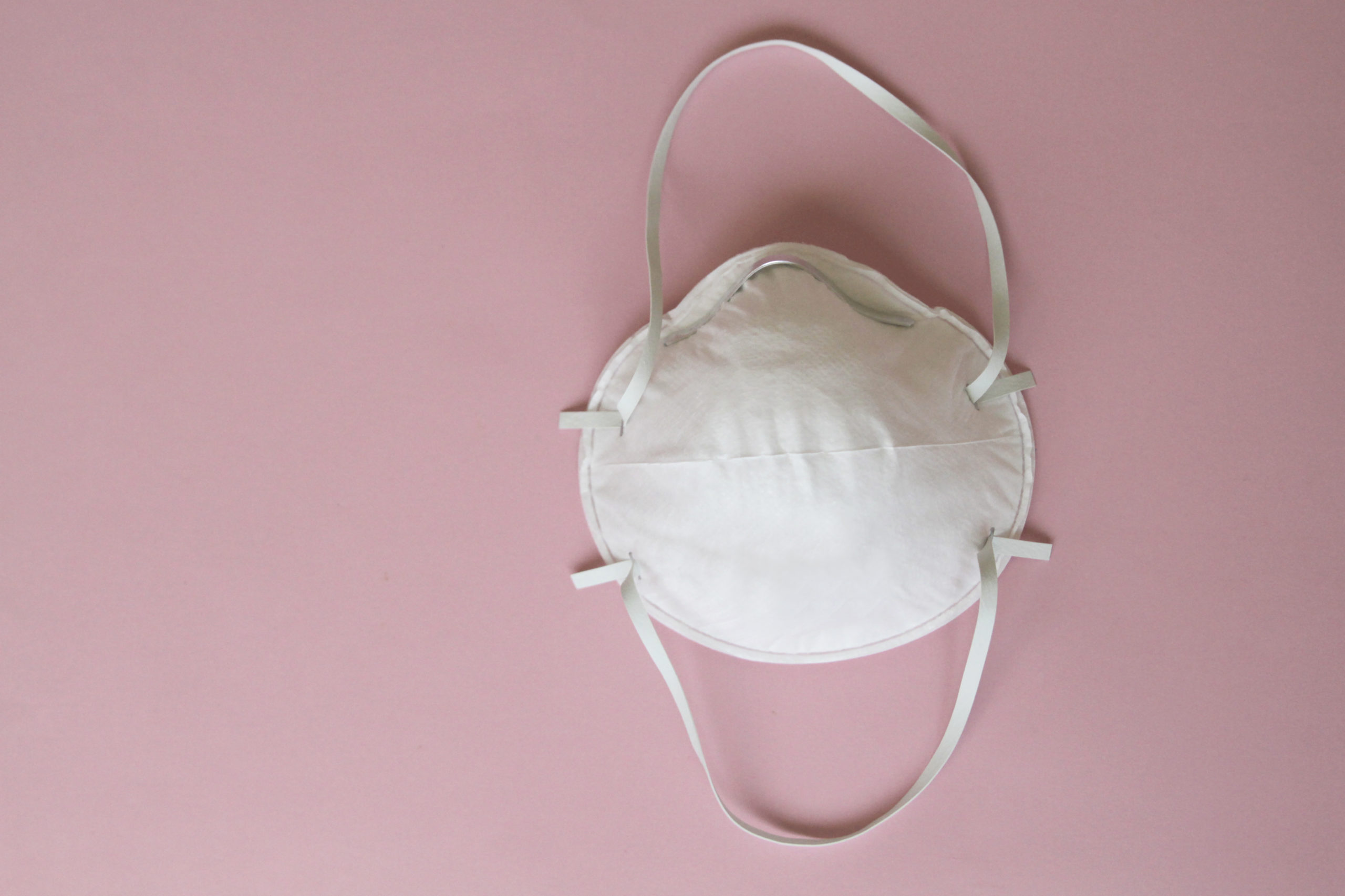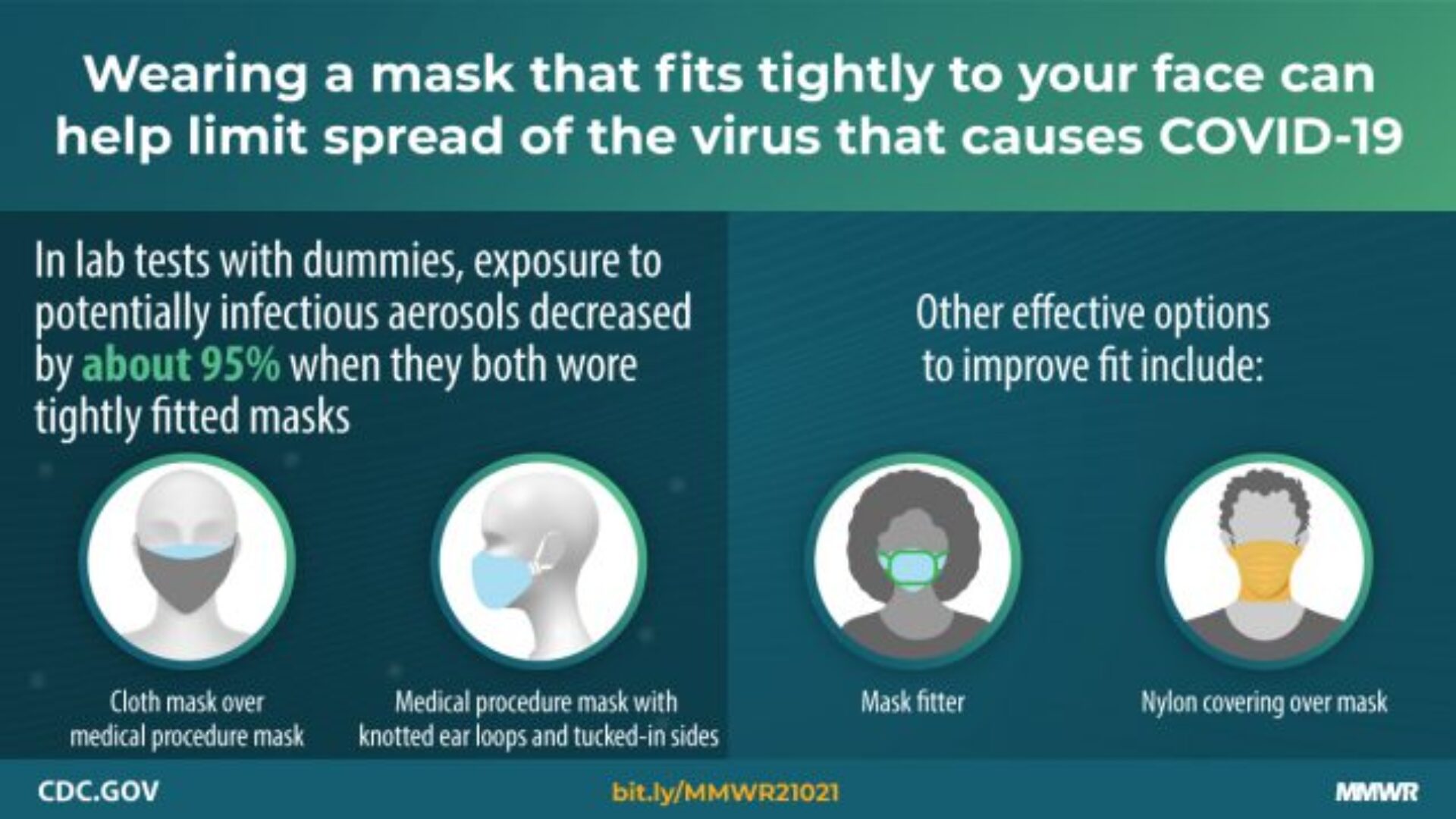
Nearly one year since the beginning of worldwide shutdowns due to the COVID-19 pandemic, the Centers for Disease Control and Prevention (CDC) have two new recommendations for how to wear your face mask. They suggest that we now wear two masks—a medical procedure mask with a cloth mask on top—and knot the ear loops for a tighter fit. Additionally, we are now to get the material of the medical mask as close as we can to our faces.
In a study released on February 10, the CDC wrote the following: “CDC conducted experiments to assess two ways of improving the fit of medical procedure masks: fitting a cloth mask over a medical procedure mask, and knotting the ear loops of a medical procedure mask and then tucking in and flattening the extra material close to the face.” They then shared, “Each modification substantially improved source control and reduced wearer exposure.” It is believed that these precautions on fit will help slow the spread of the virus.
Los Angeles Times health reporter Soumya Karlamanga weighed in the update, echoing the findings of the CDC writing, “The benefits are clear: In the CDC study, a medical procedure mask alone blocked 42% of particles from a simulated cough, while a cloth mask alone blocked 44%. A cloth mask covering a medical procedure mask blocked 92.5% of the cough particles.”
She also wrote that the receivers’ exposure was reduced by 96% when the masks were knotted and tucked.

An infographic from the study shows that utilizing a mask fitter or having a nylon covering over a medical mask can be beneficial as well. This news comes as the nation approaches nearly 500K deaths from COVID-19 and reaches 27.2 million cases. Worldwide, there have been 107 million cases and 2.34 million deaths.
Photo Credit: Getty Images/Isabel Pavia